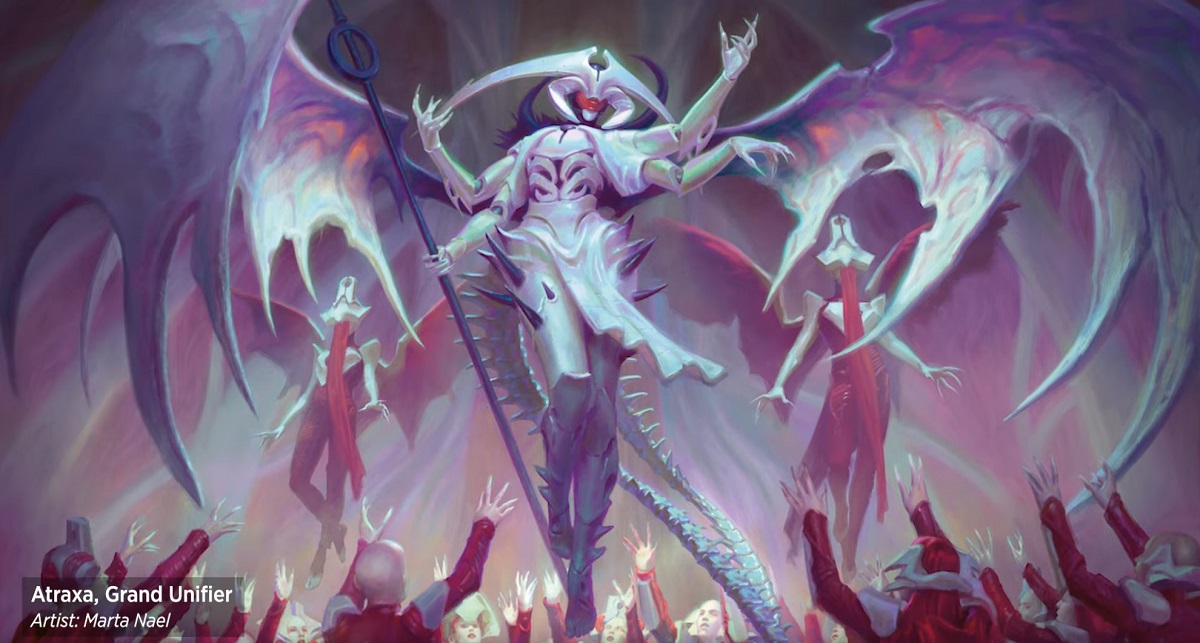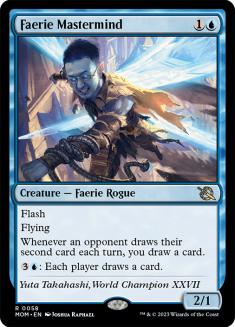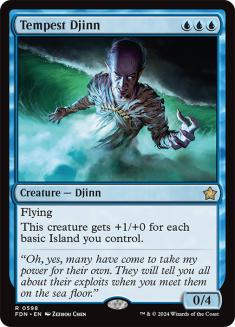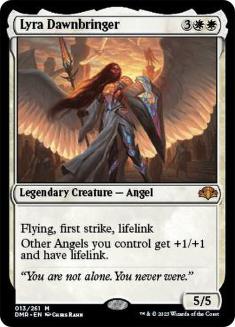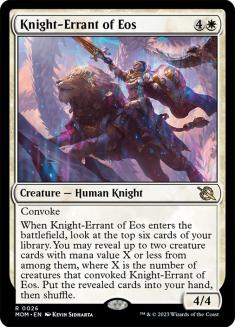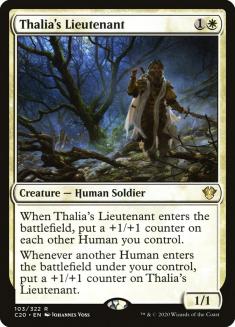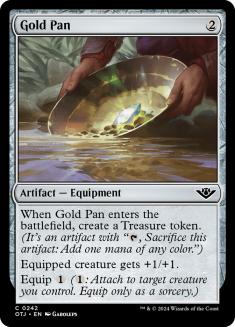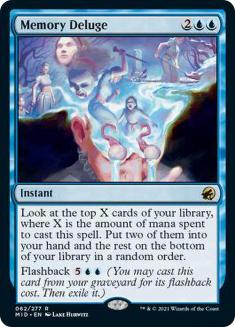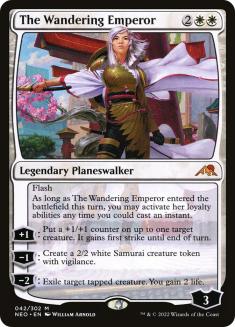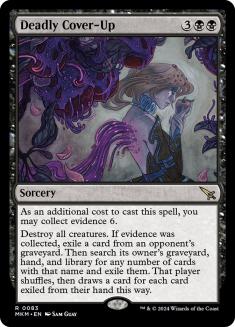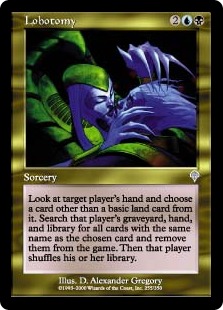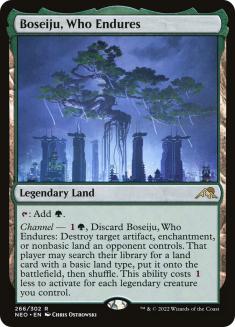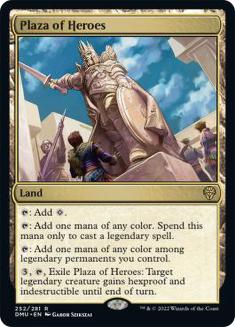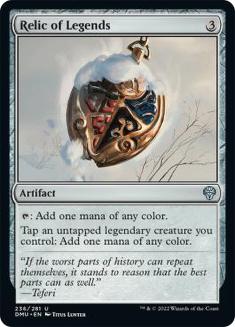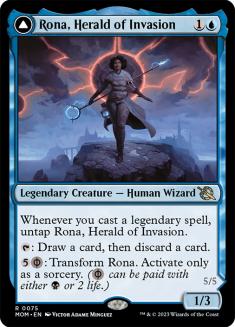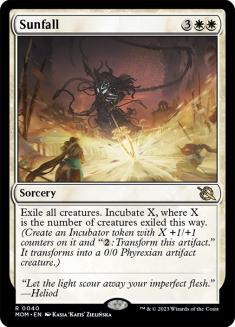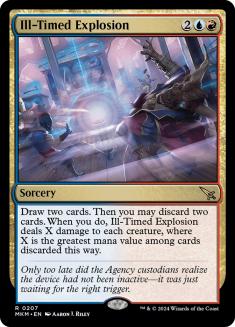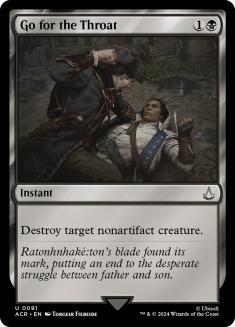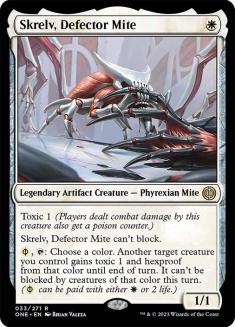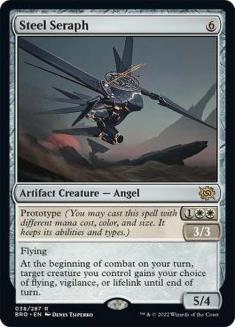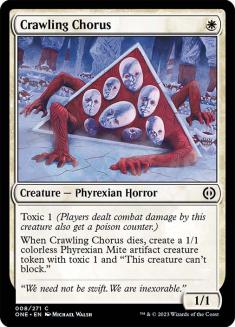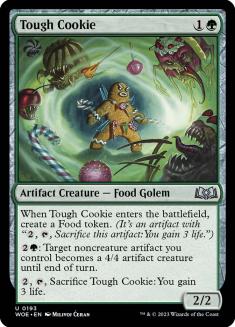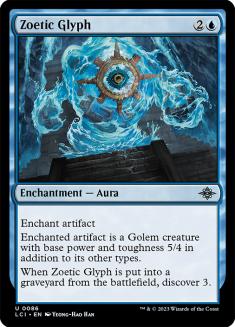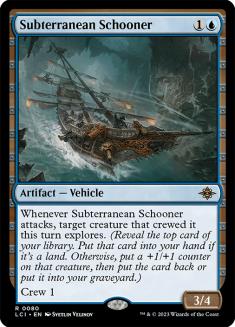Japan’s Golden Weekend
When I was getting into competitive Magic – almost twenty years ago! – Japan was the hero of the hour. While American Magic tried to get out of its funk and foster a new generation of talent (eventually headlined by a much younger Luis Scott-Vargas, among others), Japan was in its prime. The most impressive innovations kept coming out of Japan and most of the trophies kept going back there.
Planeswalkers (4)
Lands (28)
Spells (28)

The Top 8 of Pro Tour Outlaws of Thunder Junction in Seattle looks like something from that era. Yuta Takahashi was World Champion recently enough to get his face on one of the defining cards in Standard, and he had the honour of battling for the title against one of his best friends in the game – dating all the way back to that Japanese ascendancy of the mid-2000s!
Creatures (12)
Lands (26)
Spells (22)

Your new champion, Yoshihiko Ikawa, was once an example of the brutal truth that nobody remembers second place. Many Magic fans treasure the memory of Autumn Burchett dazzling us all with the Mono-Blue Tempo deck at Mythic Championship I to write her name in Magic history, but few could name her finals opponent, who had an incredible weekend yet fell just short. Hearing Ikawa announced as the champion while watching Burchett battle in the Pro Tour Qualifier to stay on the Pro Tour (and on her imminent flight!) was a powerful reminder of how no single result is the end of the story. Fans who perhaps struggled to place Ikawa before will certainly know his name now.
Creatures (27)
- 4 Voldaren Epicure
- 4 Resolute Reinforcements
- 1 Yotian Frontliner
- 4 Knight-Errant of Eos
- 4 Imodane's Recruiter
- 2 Sanguine Evangelist
- 4 Warden of the Inner Sky
- 4 Novice Inspector
Lands (22)
Spells (11)

Takumi Matsuura isn’t a household name yet, but he is establishing himself as one of the finest aggro players in the world, cementing everyone’s fear of the Boros Convoke menace here and following up his Top 8 with Mono-White Humans in Pioneer at Pro Tour Phyrexia.
Planeswalkers (4)
Lands (26)
Spells (30)

…and, of course, there’s Shota Yasooka silently slipping into yet another Pro Tour Top 16. That part is no surprise – but admirers of his crisp pace will raise eyebrows to see him pick up not one but two unintentional draws! That says more about the speed of current Magic than anything else – if you are playing any of these slower decks at your Regional Championship, you need to make decisions and execute them quickly.
Their weapons of choice span the entire range of archetypes, from all-out aggro to pure control to a very colourful ramp deck. When half of a team like Handshake or ChannelFireball is writing postmortems in English after the Pro Tour – and the coverage tends to focus more on those teams anyway – you can unpack their individual and collective decisions to make more sense of the team’s performance. Without that window into their testing process, we have to draw our own conclusions – none of them wanted to hide behind some easy consensus!
This success should have been even more resonant. The Pro Tour was supposedly planned to be part of Japan’s first MagicCon – until a scheduling mishap planted that right in the middle of Golden Week, the busiest time on the tourism calendar, forcing it onto Wizards of the Coast (WotC)’s home turf in Seattle as a hasty compromise. This led to a wonderful experience for competitors – we weren’t deafened by the hooting and hollering from the Game Knights Live show or a dozen other attractions in the main hall, and we felt like the focus of the event rather than an afterthought – but that came at a cost. Aspiring competitive players in Japan missed a chance to watch their champions plant the flag on the Pro Tour stage – and ungrateful Westerners like myself missed an excuse for a Japanese vacation!
Still, they won’t have long to wait. Given the overall success of the Magic scene in Japan, a MagicCon there is only a matter of time – and, when that comes, the homegrown heroes will have a supportive audience for their continued dominance.
A Land of Contrasts
For those scanning these lists for something to pick up and play, you’re in luck – there’s something for everyone. If you want to blitz the battlefield right away and win or lose in ten minutes, Boros Convoke and Bant Toxic have your back. If you’d rather get a nice groove in your chair and settle in for a full hour of Magic, there are several takes on control and combo waiting for you. In between, you have five flavours of midrange – and that’s just the Esper decks!
That makes it easy to find the deck for you, but hard to handle everything else at once. The trade-offs between flexible but scattershot answers and narrow but focused answers are tough to navigate. You might think you need a specific sweeper against Convoke, but can you afford that if it doesn’t even work well against the other aggro decks?
This is a common criticism of control decks – it’s hard to pick the right reactive tools when you don’t know what you have to react to, unless those tools are strong and versatile enough that it doesn’t matter – but here the control decks are part of that problem! You can talk yourself into Go for the Throat when it still has targets like Nissa, Resurgent Animist against combo or various Dinosaurs and Angels against ramp; it looks embarrassing when its first target is Restless Anchorage on Turn 10 and you have already lost the game on Turn 5.
One could write off Takahashi’s finals appearance as just a World Champion doing his thing, but the hits kept coming. Liam Hoban wasn’t satisfied with second place in Canada, winning the whole tournament with Azorius Control. Meanwhile, former SCG Tour mainstay Edgar Magalhães booked his return to the Pro Tour with a Dimir Control that’s totally pure:
Black offers the cheap removal that sets the bar for any new threat in Standard but also unlocks one of the most distinctive sweepers in years. Deadly Cover-Up can be just one more five-mana battlefield wipe as needed, but it shines where most sweepers fail – against control, ramp, and combo, it can wipe out their access to a central combo piece or late-game finisher.
At the other edges of the format, there’s some splendid nonsense to analyze…
Creatures (10)
Lands (28)
Spells (22)

Take this Jund Analyst that young whiz-kid Andrew Kidston used to go undefeated in Standard at the Pro Tour. This is an even more combo-centric twist on the most mainstream combo deck, trading an even higher win rate in Game 1 for less room to pivot against hate post-sideboard. There are lots of silly things you can do with your graveyard in Standard, but the threat of Rest in Peace will scare off more timid players.
Everyone faces these same pressures, though. Many players at the Pro Tour didn’t respect the Temur Analyst deck enough or expect Slogurk, the Overslime’s breakout performance, so graveyard hate wasn’t out in force. If the average opponent has around two copies of Rest in Peace as their hard hate, that’s not so bad – and there are plenty of flexible answers, from Pick Your Poison and Tear Asunder to Boseiju, Who Endures.
These decks are now known quantities with big targets, but there are more and more strategies to prepare for. Your Esper Midrange deck needs tools for pure control now, and the mirror isn’t 30% of the metagame as it was in Seattle, but you want cards for that too. If you make your maindeck card choices with these matchups in mind or try to switch these sideboard Pest Controls for something else, Boros Convoke might give you a quick and brutal reminder that those cards are these for a reason. Even if you respect the graveyard decks, can you justify playing more than the two copies of Rest in Peace you had to begin with?
This dynamic rewards players who are willing and able to jump between the different extremes of the format and make a bold read on which decks their peers are praying won’t show up this weekend. Maybe you don’t think of yourself as a ‘Convoke player’, but it helps to have Convoke in your range if you decide on Wednesday that it’s the best deck to register on Saturday.
Another, quite different reading of the results is that experience counts. The Four-Color Legends deck with its wonderfully bizarre Slogurk loops was a known but fringe deck before the innocuous Honest Rutstein took it to the next level. Various teams worked on similar decks, but it was the Sanctum of All team, headlined by the deck’s creators Jason Ye and Rei Zhang (infamous mad scientist cftsoc3), who took the plunge, and Ye and Zhang both claimed their first, well-deserved Pro Tour Top 8s. Players intrigued by the deck and only picking it up now may find the learning curve is too steep if their own high-stakes tournament is too soon.
This larger and longer three-year Standard gives players more time to plan for that future. The Legends deck is a great example – this was the last hurrah for the Slogurk and channel lands package, which rotates out with the arrival of Bloomburrow in just a few months, but the legendary core of the deck sticks around, and I’m sure Ye and Zhang – and now others! – will be ready to brew around it for their World Championships debut.
Can’t Touch This
It can be tough to target a vast swath of the format at once, but you can also exploit specific gaps in common card choices or the card pool as a whole.
The sweeper suite is a good example. Sunfall has set the terms for how creature decks must operate, and which bigger creatures are even viable, for the past year. Deadly Cover-Up is uniquely good against some threats that don’t care about any other sweeper, but is much worse if you just want a Damnation. If we see Azorius Control give way to Dimir Control or Domain shift its focus from white to black, that creates an opening for creatures that leave something behind when they die or can become literally or virtually indestructible.
Similarly, the Temur Analyst deck has to rely on damage-based removal in red, like Fires of Victory and especially Ill-Timed Explosion. Looking at the deck’s mana curve suggests a few thresholds that are progressively harder to reach. It’s hard to get anything to eight toughness to get above Ill-Timed Explosion plus Virtue of Strength, but if you can force them to have those two specific cards on Turn 4, that’s a high bar. Many larger threats can rise above the four-toughness mark, where the top of their curve is clustered, with more Explosions and Memory Deluge.
Go for the Throat is the go-to removal spell in black, and that’s easy to exploit. The breakout Orzhov Bronco deck that the Quebec crew won many hearts with at the Pro Tour takes its name from a fragile creature but surrounds it with artifact creatures like Skrelv – which in turn protects Caustic Bronco from Go for the Throat or any rude blockers – and Steel Seraph, which also dodges Cut Down.
That same group of brewers took the Canadian Regional Championship by storm with Bant Toxic a week later. Bant Toxic was a known deck and a fan favourite but had fallen out of the mainstream – there were zero copies of Crawling Chorus registered at the Pro Tour itself. Kevin Anctil and friends identified it as a smart gamble on both levels – it took advantage of the move towards slower decks but also exploited the common removal choices.
Similarly, the Simic Cookies deck that is so popular on MTG Arena and on Twitch took its first step into competitive paper Standard in Montreal – largely because it can field a lethal army without a single throat between them!
This can inform card choices in more mainstream decks too. Esper Midrange has more threats up and down the curve than it can ever play at once, so each of those choices must be justified. Subterranean Schooner was a popular choice upon its release, but fell away as the competition grew stronger. Is it poised for a return in a world of expensive sweepers and dead removal?
The biggest criticism I can make of Standard right now is that there aren’t more chances to play it! Years ago, I could have spent these lazy summer weekends watching the format evolve at Standard Grand Prix or third-party events. Now, with my Regional Championships over, all I can do is watch others’ – and wait for my next chance to battle.

